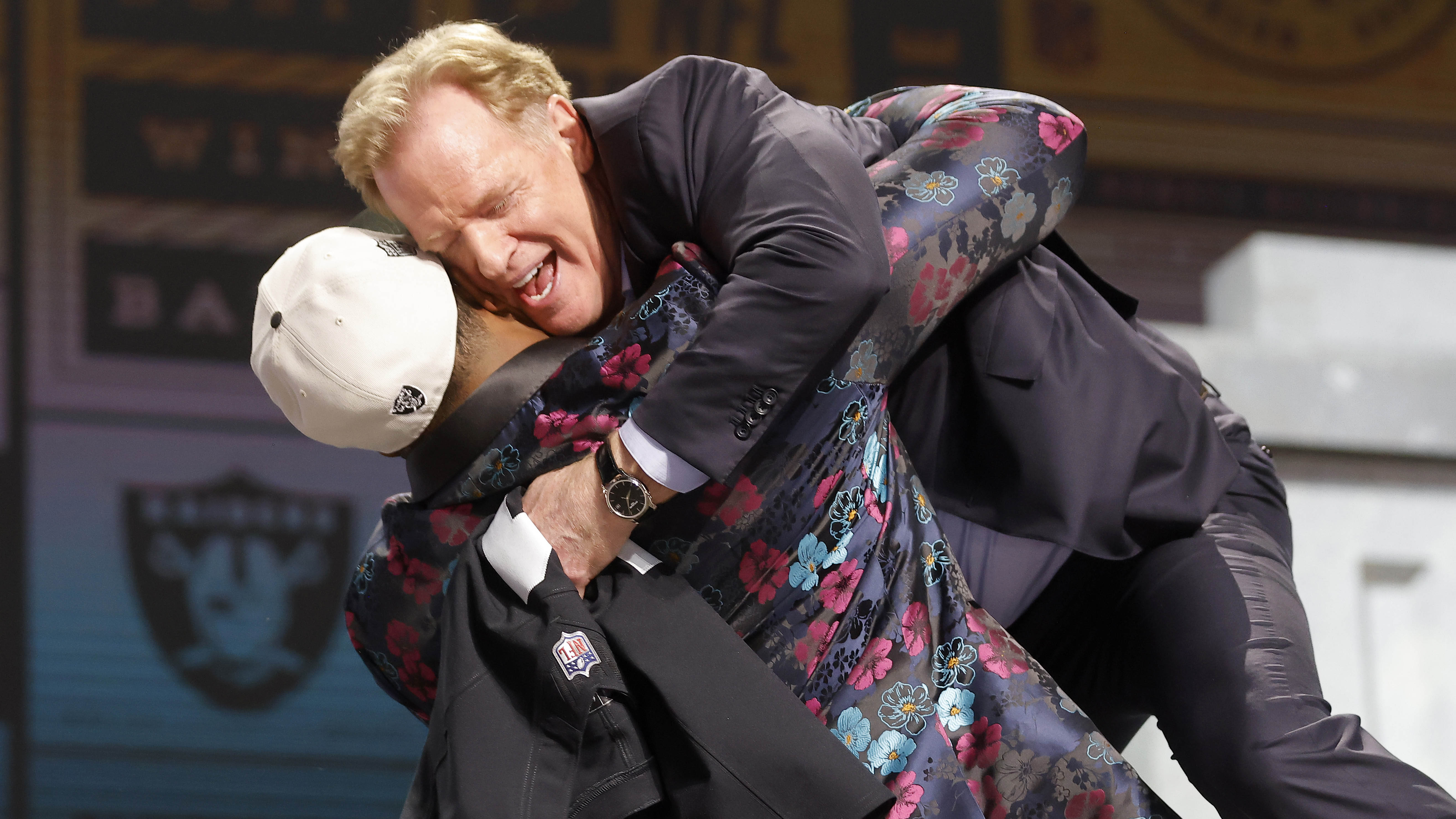
The Bears putdown of the Detroit Lions provided a critically important statement start to the second half of a season that now would stand as a disappointment if the Bears fail to reach the playoffs. Not so much because of the missed-playoffs themselves, but because to misfire now after a pair of three-game win streaks will mean a couple of bad losses.
Or so-called “bad” because of expectations being raised above ground-level. But the Bears face a remaining schedule with some dark corners.
The Bears haven’t beaten a team currently with even a .500 record. No reflection on the Bears; they can only play whoever shows up. But it puts the remaining seven-game race to the postseason under a cloud of justifiable doubt, leaving it to the Bears to prove they belong in the tournament that starts in January.
Stay in the game with the latest updates on your beloved Chicago sports teams! Sign up here for our All Access Daily newsletter.
The schedule has three A-list games: two against Minnesota, which has won four of its last five and comes to Soldier Field on Sunday following an off-week; and one against the Rams, the highest-scoring team in the NFC.
Three games are against bottom-feeders – the Lions again, the New York Giants and the San Francisco 49ers. The problems here are: 1) all three games are on the road and 2) those teams will beat someone over the final the final seven weeks.
And the seventh of the remaining games is against the Green Bay Packers, who’ve lost all four of their 2018 road games but have a quarterback who hasn’t lost to the Bears in Chicago since 2010.
Tiebreakers are likely out of play for the division, with Green Bay and Minnesota having a shared tie. But winning the division outright seemed a given, as it does now, in 2012 when the Lovie Smith Bears had an elite defense and stood 8-3.
NFL
Run game redux
Concern over the Bears inability to run the football may come off as nitpicking or saying nay about an offense leading a team that is on pace to set a franchise scoring record.
But it does matter that of the 10 teams with six or more victories this season, the Bears, Patriots, Saints and Texans are the only ones not in the top 15 in rushing average. Houston and New Orleans, however, rank in the top 11 for rushing yardage, and New England does have Tom Brady in addition to being tied for third with 12 rushing touchdowns.
The overarching point here is if the Bears hope to challenge for a spot among the NFL’s elite, it behooves them to fix this weakness in an offense without many.
The bigger point is whether the Bears can fix it. Put another way, they may not be able to within the parameters of the offense as being designed and operated by Matt Nagy. He has a No. 1 back who needs carries to build a game, yet he is a coach who does not run his offense through a featured back.
Nagy didn’t isolate blame for his team’s running woes on Jordan Howard, the offensive line, coaches or anyone else. Nor should he, because the problem indeed lies with none of them and all of them.
With a Detroit gameday roster with five backs and three tight ends, the result was the lowest rushing total (54 yards) and average (2.5 yards per carry) of this season and came a week after the previous lows (64 yards, 2.6 yards per carry).
But the issue is more than one back (Howard). It’s the group of running backs (leaving the offensive line out of this point purposely), none of which are likely ever going to give Nagy the identity or consistent production that he wants for this element of his offense.
For one thing, no back is likely to see anywhere near the workload that ostensibly is needed to get Howard “lathered up.” Nagy doesn’t lather anybody up, and until a back emerges who can do a microwave impersonation and heat up in a huge hurry, the Bears rushing upside is hazy.
Using the template Nagy most relates to, Kareem Hunt has gotten 20 carries in just seven of 26 career games as a Kansas City Chief, only once in a 2018 season that has the Chiefs at 9-1.
Run-run-run is simply not in the Nagy offensive DNA, nor is it anything close to a dominant philosophy, even among teams who have been its leading practitioners. Nor is there a consistent formula for winning with an integrated run-pass offense.
The NFL’s three top rushers – Todd Gurley, Rams, 9-1; James Conner, Steelers, 6-2-1; Hunt, Chiefs, 9-1 – come from teams that went into this weekend running the football 46.6 percent of their snaps (Rams), 36.3 percent (Steelers) and 40.5 percent (Chiefs).
The Nagy Bears have in fact been at the high-run end at 45.1 percent, while the coach and staff have struggled for a run-game identity. But that includes nearly 30 percent of the rushing yardage coming from Mitchell Trubisky – not exactly the preferred run-game identity.


